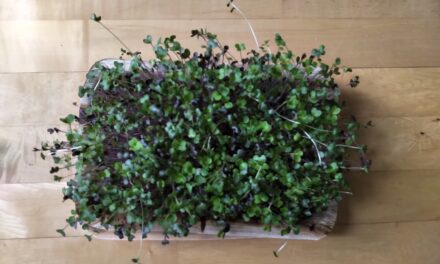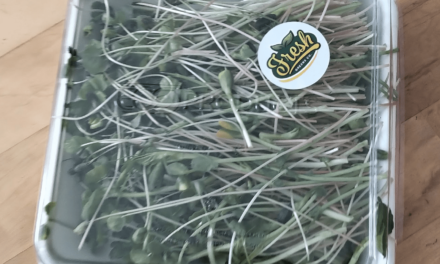As a budding microgreens farmer, entering the thriving world of these nutrient-dense greens is an exciting venture, particularly with the surge in health-conscious consumers. With strategic marketing strategies, microgreens, such as pea microgreens, mustard microgreens, kale microgreens, and sunflower microgreens, can be cultivated and sold with notable profit. This article aims to guide you on how to start a microgreens business, focusing on the most profitable and popular varieties.
The first step in your journey is the soaking of seeds, followed by their introduction to the right growing medium. Once sown, your microgreens are typically ready to harvest within a week or two. Offering a mix of these greens, like a salad mix, can be an attractive option for customers at local farmers markets or grocery stores.
Pea microgreens are a standout, known for their sweet flavor and crunchy texture. Mustard microgreens, on the other hand, offer a spicy kick. Kale microgreens are cherished for their health benefits and unique flavor, while sunflower microgreens add a nutty flavor that many find irresistible.
In summary, with the right approach, selling microgreens can be a profitable venture. The key lies in understanding your market, choosing the right mix of microgreens, and effectively communicating their health benefits and culinary appeal to your customers.
Pea Shoots
Pea shoots are one of the most popular microgreens and for good reason. These sweet, crunchy shoots are packed with nutrients, including vitamins A, C, and K, as well as folate and fiber. They are also easy to grow, making them a great choice for novice growers. Pea shoots are versatile and can be used in a wide range of dishes, from salads and sandwiches to smoothies and stir-fries.
Sunflower Sprouts
Sunflower sprouts are another popular microgreen that is easy to grow and sell at farmer’s markets. These crunchy, slightly nutty sprouts are high in protein and packed with vitamins and minerals, including vitamins B6, C, and E, as well as folate, magnesium, and zinc. They are also a good source of healthy fats, including omega-3 and omega-6 fatty acids. Sunflower sprouts are perfect for adding crunch and flavor to salads, sandwiches, and wraps.
Radish Microgreens
Radish microgreens are another great option for farmer’s market sellers. These spicy greens are high in vitamin C and other antioxidants, as well as folate and potassium. They are also easy to grow and can be harvested in as little as 7-10 days. Radish microgreens are perfect for adding a spicy kick to salads, sandwiches, and tacos.
Arugula Microgreens
Arugula microgreens are another spicy option that is becoming increasingly popular at farmer’s markets. These peppery greens are high in vitamin C and other antioxidants, as well as calcium and potassium. They are also easy to grow and can be harvested in just a few weeks. Arugula microgreens are perfect for adding flavor and nutrition to salads, pizzas, and pasta.
Beet Microgreens
Beet microgreens are another colorful and nutrient-dense option that is perfect for farmer’s market sellers. These bright red greens are high in iron, magnesium, and other minerals, as well as vitamins A, C, and K. They are also easy to grow and can be harvested in just a few weeks. Beet microgreens are perfect for adding color and nutrition to salads, smoothies, and sandwiches.
Broccoli Microgreens
Broccoli microgreens are another popular option that is high in vitamins and minerals, including vitamins A, C, and K, as well as calcium and iron. They are also high in sulforaphane, a powerful antioxidant that has been shown to have anti-cancer properties. Broccoli microgreens are perfect for adding a nutritional boost to salads, sandwiches, and stir-fries.
Wheatgrass
Wheatgrass is another popular microgreen that is perfect for farmer’s market sellers. This nutrient-dense green is high in chlorophyll, vitamins, and minerals, including vitamins A, C, and E, as well as iron, magnesium, and calcium. Wheatgrass is often juiced and consumed as a health tonic, but it can also be added to smoothies, salads, and other dishes.





